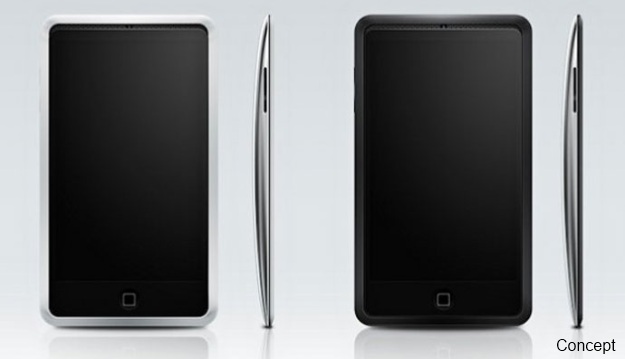
Apple is gearing up to launch the iPhone 5 (or is it the iPhone 4S?) in the next few months, reports the Wall Street Journal. The hardware maker has placed orders for “key components” in its next generation iPhone, which should launch sometime in the third quarter of 2011 (likely Sept.). Unsurprisingly, the new phone will be both thinner than the iPhone 4 and lighter as well, with an 8MP camera to boot. Sales are expected to be swift as well, with 25 million units being built in 2011 alone. For reference, the iPhone 4 sold a little more than 18 million units last quarter.
“Apple’s sales estimates of the new iPhone is quite aggressive,” an anonymous Apple supplier told the WSJ. “It told us to prepare to help the company meet its goal of 25 million units by the end of the year. The initial production volume will be a few million units… we were told to ship the components to assembler Hon Hai in August.”
Hon Hai is the Taiwanese manufacturer that assembles Apple’s phones and will be dealing with some changes. A few component vendors are being switched out for the iPhone 5 as well as Apple moves its wireless baseband chips from Infineon Technologies to Qualcomm. There is no word whether Apple will continue using Samsung components in the iPhone 5, though the bad blood between the two companies suggests that Jobs may have moved on. The changes in design and parts may not be a good thing, as Hon Hai representatives say the company is having a tough time producing enough next generation iPhones to meet Apple’s goals due to the new design being “complicated and difficult to assemble.”
“The touch-screen devices are so thin,” said Hon Hai Chairman Terry Gou at the company’s annual general meeting last month. “It’s really difficult to install so many components into the iPhones and iPads. We hope to raise the yield rate and volume in the second half which will help improve our gross margin.”
The image at the top of this article shows one potential design of the new phone. Previous rumors have hinted that the next iPhone will have a “teardrop” shape and a 4-inch screen.


